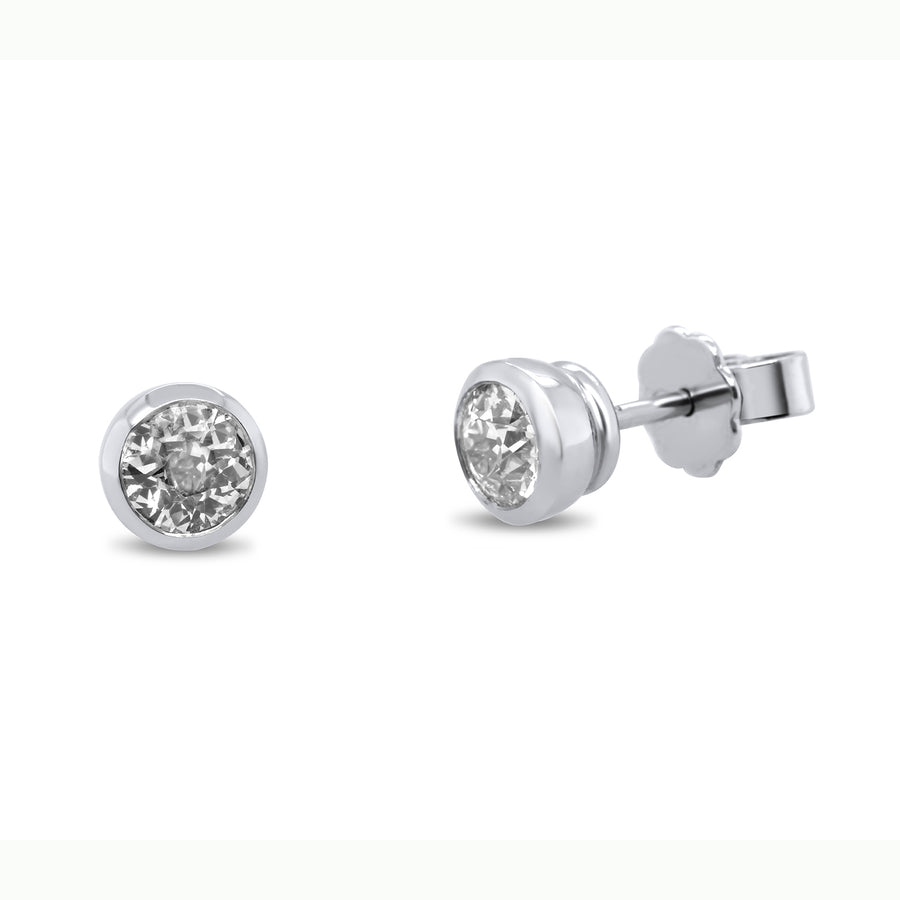What is it with water and diamonds?
Diamonds have often been compared to water or ice as people try to describe the clarity of the fabulous gem. The Ancient Greeks thought diamonds were the tears of gods - divine water for sure! Water is also one of the oldest terms in diamond grading: Diamonds of the First Water referred to the exceptional clarity of a gem - much like a drop of water. Fast forward to contemporary diamond grading and you’ll likely hear top clarity referred to as flawless (F) or internally flawless (IF).

When you go diamond shopping you’ll likely be bedazzled by all the glitter and glitz and bamboozled by the vast differences in value. It happens to the best of us, so it’s no wonder an industry standard was put in place to help consumers and professionals select the best gems for their budget. Enter the diamond certificate - especially important for gems over 0,50 carat.

The foremost authority is the GIA grading scale. It evaluates 4 parameters: diamond size (carat), purity (clarity), colour, and cut. Scientific minds amongst us will have a ball plugging all these parameters into spreadsheets in an attempt to compare and contrast, but be forewarned this will only get you so far - in the end beauty is in the eye of the beholder.
In modern day gemmology, diamond clarity ranges from exceedingly rare Flawless, good quality VS (very slight inclusions that are hard to spot with the naked eye), through to SI (easily visible small inclusions).
The GIA grading scale is helpful in categorizing gems into bands of quality, but it must be taken with a grain of salt. When examining a diamond’s clarity it is important to take note of the colour, size and location of the inclusions.
For example: A diamond may be graded SI due to a number of whitish veils at the edges of the gem - they are visible, but in the greater scheme of things not particularly noticeable, and don’t much interfere with the beauty of the diamond. A second gem graded SI might have just one black carbon inclusion sitting right in the middle of the table - an unfortunate blemish in plain sight that detracts from the overall beauty of the gem. As you can see there is more to it that just the grading scheme itself, one SI is not the other.

Another factor lies in the tricks of the trade when it comes to setting diamonds. An SI gem with a number of unsightly inclusions fortuitously located at the edge of a diamond, can be carefully placed so that the blemishes are hidden by the claws of the setting. In this case we can make a lower graded SI look like a spectacular VS or higher gem. This is why at DesignYard we don’t buy a gem until our diamond expert has seen it in person to make that final call on the best diamond for the job at hand.

Are you looking to buy quality diamond jewellery? Why not book an appointment to see what we have in store for you - be it a jewel from our collection or a bespoke piece designs especially for you.




